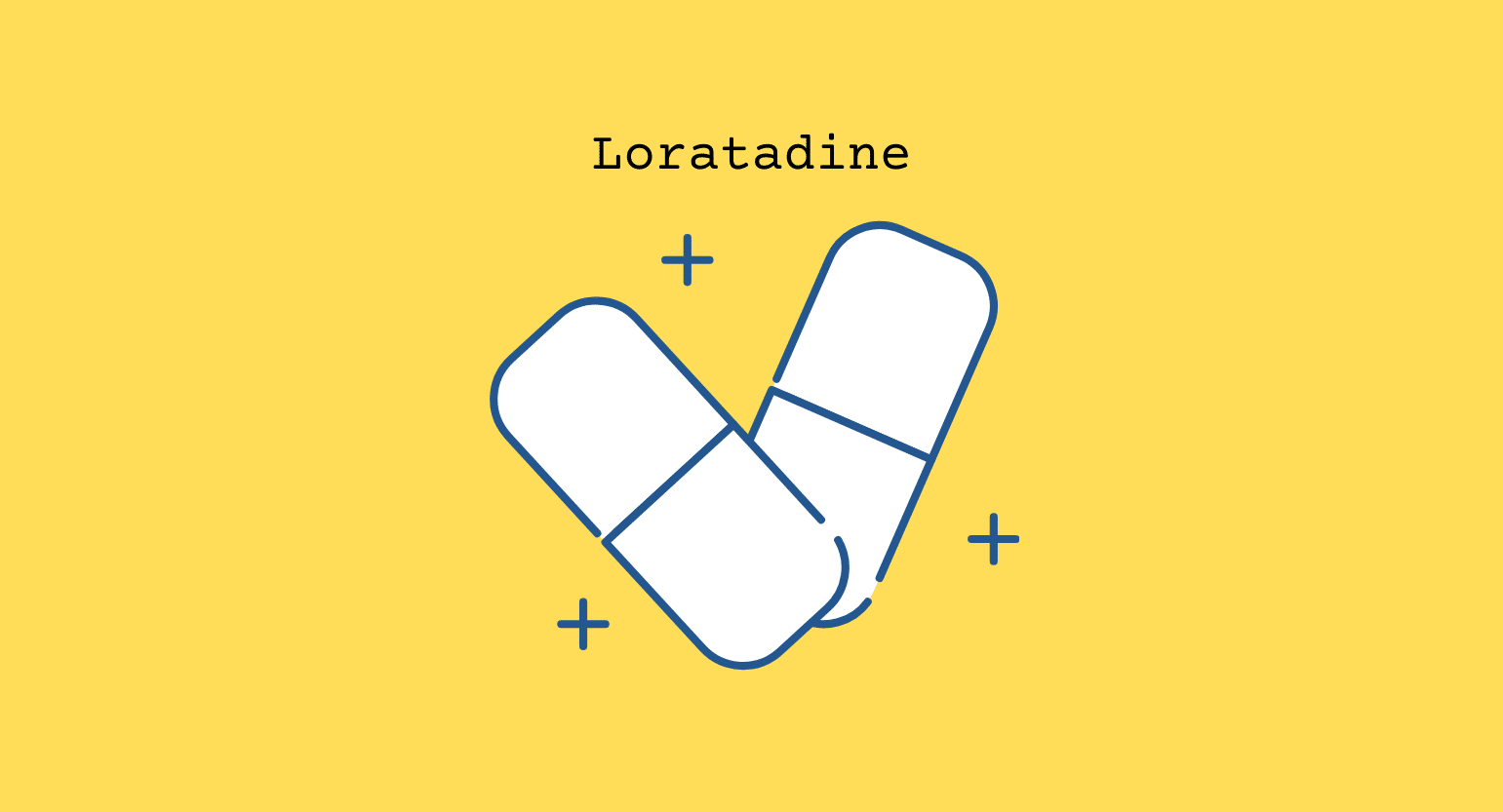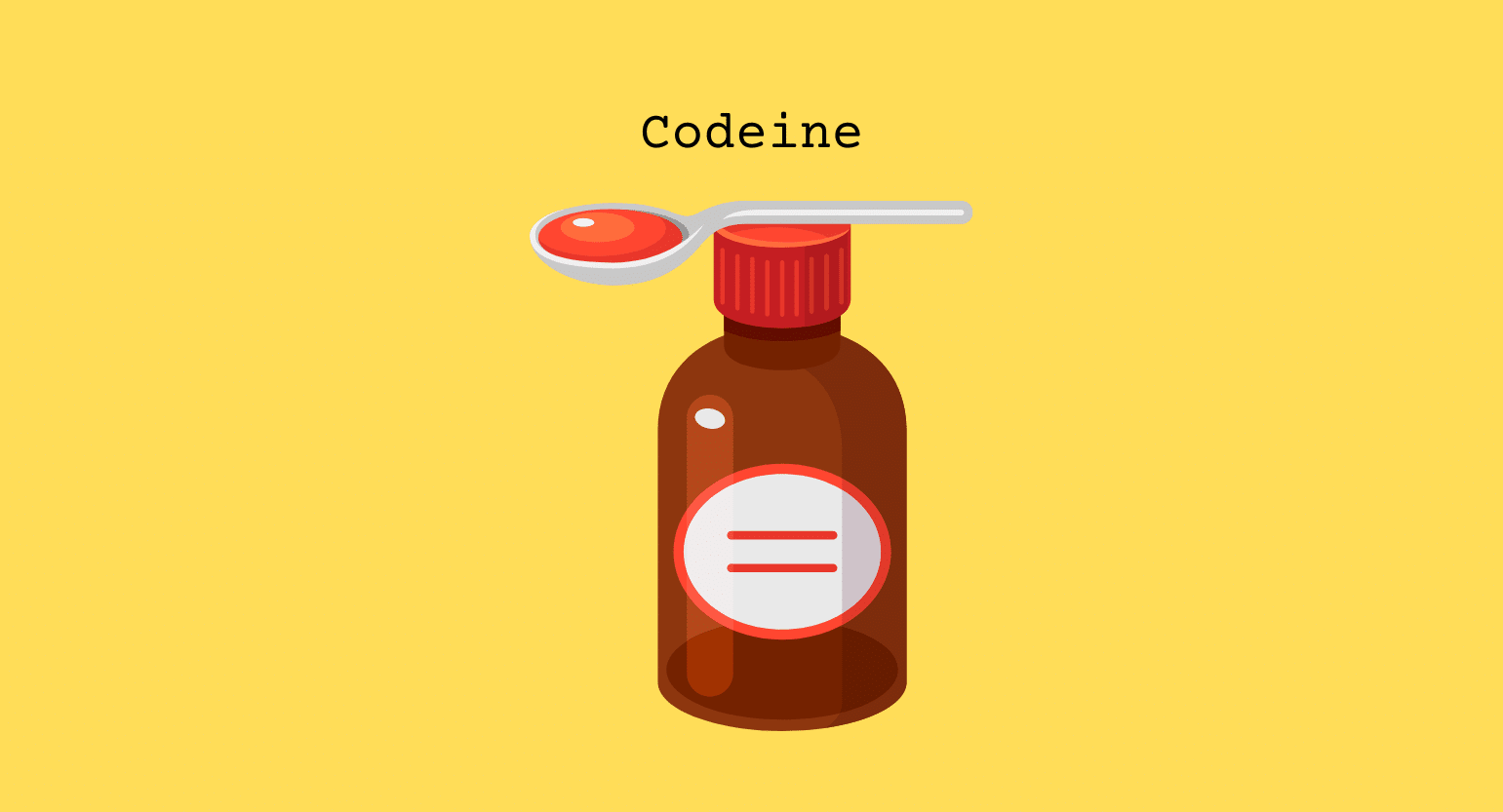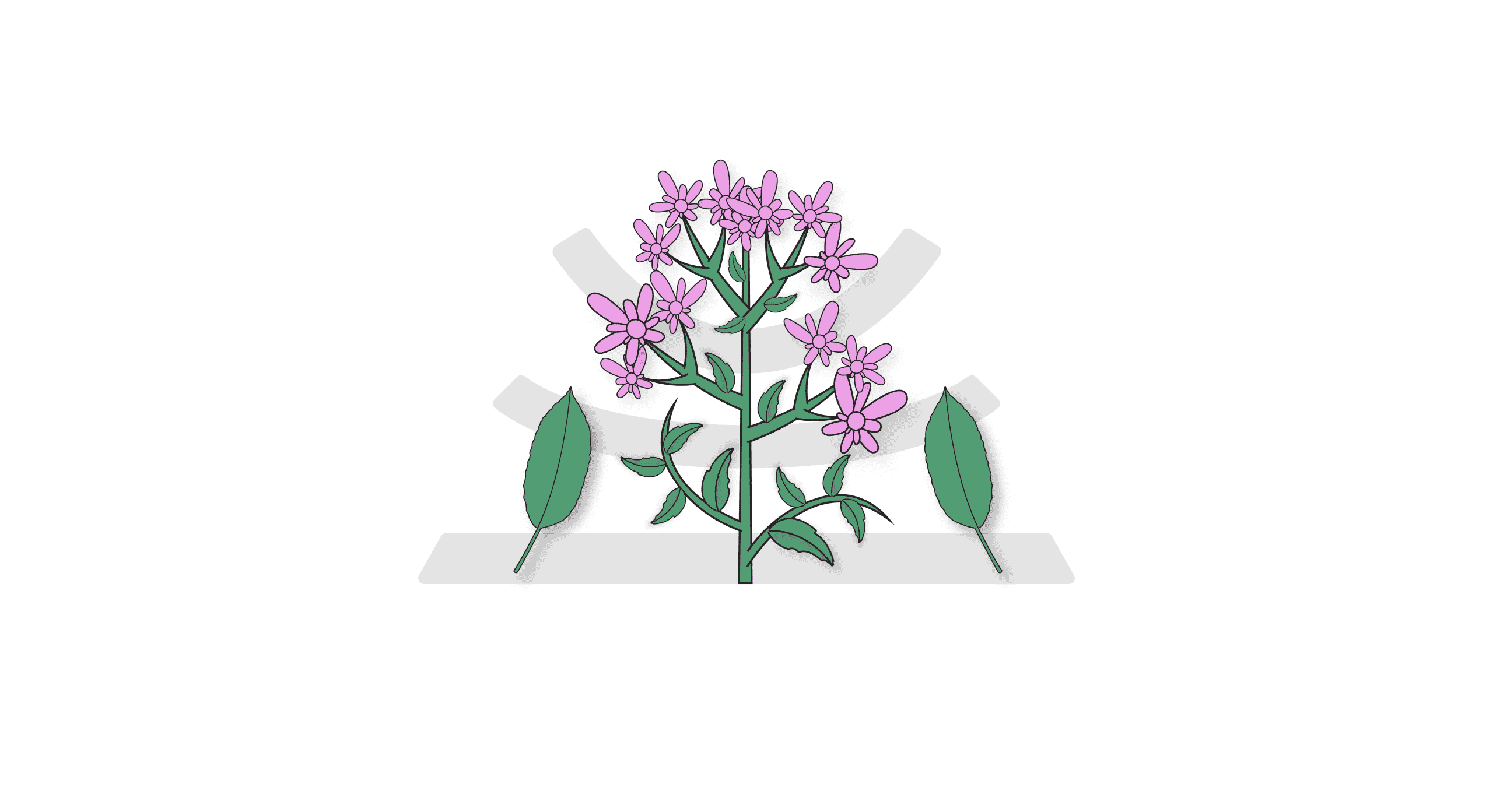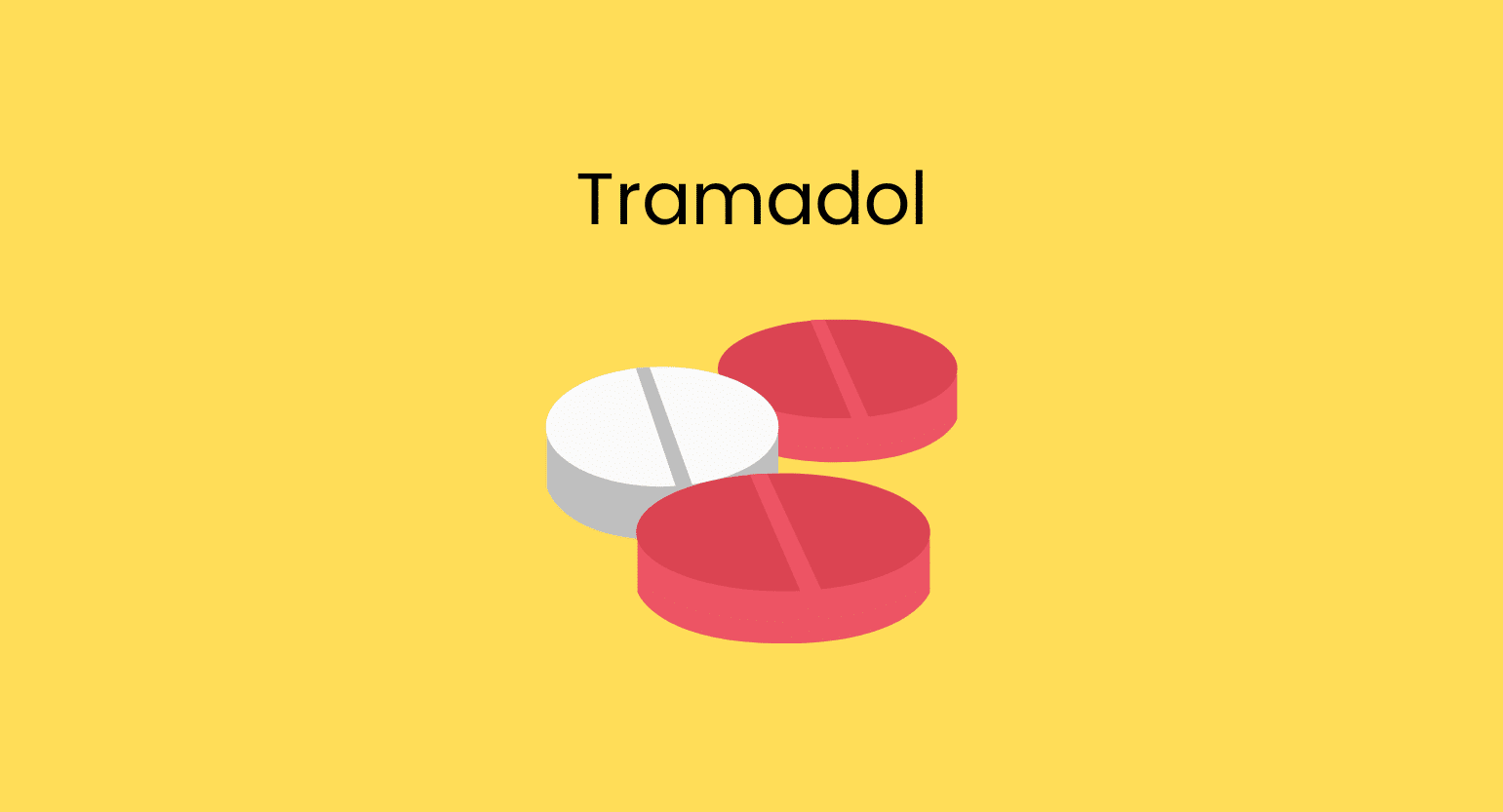Does Kratom Interact With Loratadine (Claritin)?
Kratom has a moderate chance of interacting with loratadine (Claritin).
The main concern is that both kratom and loratadine are sedatives. The combined sedative action of both substances could be much stronger than you expect.
Additionally, kratom and loratadine may compete with each other for metabolism — leading to a longer duration of effects for both substances.
Liver enzymes are responsible for breaking down just about every chemical that enters the body (as well as some of our naturally produced chemicals or hormones). If two or more drugs are taken together and require the same liver enzyme, it can cause their metabolism to slow down — potentially leading to a buildup of the compounds in the bloodstream.
Loratadine is mainly metabolized by an enzyme called CYP3A4, although it also uses other enzymes too, such as CYP2D6, CYP1A1, and CYP2C19 [1]. Kratom also requires CYP3A4 and CYP2D6 enzymes for its metabolization [2] and will therefore compete with loratadine.
Speak to your doctor before you add kratom and loratadine to your regular lineup of substances.
Kratom & Antihistamine Interactions
Loratadine is classified as an antihistamine. It treats the symptoms of allergies and allergic rhinitis.
Loratadine belongs to the H1 class of second-generation antihistamines. These antihistamines have far less risk of causing sedation than first-generation antihistamines like promethazine and chlorphenamine.
Kratom and other antihistamines will have similar interactions.
Other related antihistamines kratom will interact with include:
- Azelastine
- Cetirizine
- Desloratadine
- Fexofenadine
- Levocetirizine
Is It Safe to Take Kratom With Loratadine (Claritin)?
There’s a moderate risk involved when taking kratom and loratadine (Claritin) together.
Kratom may increase the possible sedation that comes with loratadine. Speaking to your doctor before mixing any medication with kratom is best.
What Is Loratadine (Claritin)?
Loratadine (Claritin) was patented in 1980 and came to the market eight years later. The World Health Organization considers it an essential medicine [3].
In the U.S., loratadine can be found as an over-the-counter medication to treat allergic rhinitis and urticaria. It’s the 66th most prescribed drug in the country —more than 11 million Americans have a prescription for loratadine.
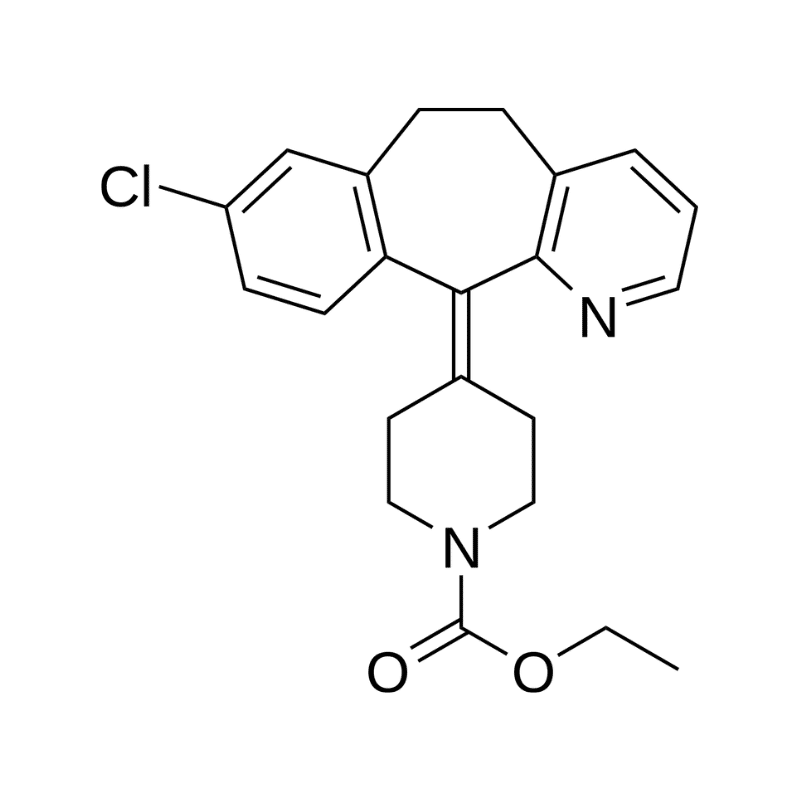
Loratadine Specs
| Name | Loratadine |
| Trade Name | Claritin, Alavert |
| Classification | Antihistamine |
| CYP Metabolism | CYP3A4, CYP2D6, CYP1A1, among others |
| Interaction with Kratom | Agonistic interaction, Metabolic competition |
| Risk of Interaction | Moderate |
What Is Loratadine Used For?
Loratadine is used to treat allergies, allergic rhinitis and urticaria. It’s sold over the counter without the need for a prescription.
Some people take loratadine with kratom on purpose to potentiate its effects (make the effects of kratom last longer).
What Are the Side Effects of Loratadine?
Loratadine (Claritin) is generally well-tolerated when taken on its own. However, you should be aware that there are some potential side effects.
Common side effects of loratadine may include [3]:
- Diarrhea
- Dizziness
- Dry mouth
- Headache
- Nausea & vomiting
- Sedation
- Stomach pain

What Is Kratom?
Kratom (Mitragyna speciosa) is an evergreen tree that hails from Southeast Asia, where it has been used for centuries as traditional medicine. It’s a member of the coffee family and has had cultural significance throughout Southeast Asia since at least the 19th century.
This powerful herb has myriad health benefits, depending on the strain and amount used.
What’s Kratom Used for?
Kratom is used for medicinal and recreational purposes. Some studies have been conducted on kratom, and it has been suggested that its active alkaloids may offer several benefits.
Suggested health benefits of kratom include:
- Alleviates chronic pain
- Boosts energy
- Improves mental focus & cognition
- May alleviate symptoms of opioid withdrawal
- May support weight loss
- Reduces anxiety & chronic stress
- Sleep-supportive
What’s the Dose of Kratom?
Those who are new to taking kratom should stay on the low-dose side. It’s wise to start with 2 grams and go from there. The effects you want also determine how much kratom to take.
General dosage guidelines for kratom include:
- Low-Dose Kratom (2–6 g)
- High-Dose Kratom (6–12 g)
When the dosage guidelines are followed, kratom is generally well-tolerated and doesn’t cause severe side effects. However, it may become a problem for people who take more than a high dose of kratom (>12 g).
Some users become addicted and can go through kratom withdrawal symptoms. If you use kratom responsibly, this shouldn’t happen to you.

What Are the Side Effects of Kratom?
Even with kratom being generally well-tolerated, the risk of experiencing side effects is still present. Adverse effects are more common in higher doses.
Common side effects of kratom include:
- Anxiety
- Brain fog
- Cognitive impairment
- Constipation
- Dizziness
- Headaches
- Lethargy
- Nausea
- Sedation
- Vomiting
Suggested Reading: What Are the Kratom Wobbles?
What Are the Different Types of Kratom?
Kratom is available in many different strains. There are four major strains characterized by the leaves’ vein color: white, red, green, and yellow.
Each strain has different benefits, though there are many similarities among them.
Here’s a quick run-down of the different kratom strain colors:
- White vein kratom: Best for energy, focus, and concentration. The effects are euphoric and energizing.
- Red vein kratom: Best for sleep and pain, it is potent and fast-acting. The effects are numbing and relaxing.
- Green vein kratom: Balanced between white and red (sedating and stimulating).
- Yellow vein kratom: Made from a combination of white kratom and other strains. Effects cover all ranges of the spectrum (sedating or stimulating).

Key Takeaways: Is Mixing Kratom & Loratadine (Claritin) Safe?
Kratom is not usually known to have antihistamine properties but can cause sedation. Loratadine can also cause sedation. Mixing these two compounds has a moderate of developing an agonistic interaction and experiencing strong sedative effects. If you want to use both medications, avoid using them at the same time.
If you’re taking loratadine and want to add kratom into the mix, speak with your physician first.
- Ghosal, A., Gupta, S., Ramanathan, R., Yuan, Y., Lu, X., Su, A. D. I., … & Alton, K. B. (2009). Metabolism of loratadine and further characterization of its in vitro metabolites. Drug metabolism letters, 3(3), 162-170.
- Kamble, S. H., Sharma, A., King, T. I., León, F., McCurdy, C. R., & Avery, B. A. (2019). Metabolite profiling and identification of enzymes responsible for the metabolism of mitragynine, the major alkaloid of Mitragyna speciosa (kratom). Xenobiotica, 49(11), 1279-1288.
- Sidhu, G., & Akhondi, H. (2022). Loratadine. In StatPearls [Internet]. StatPearls Publishing.

